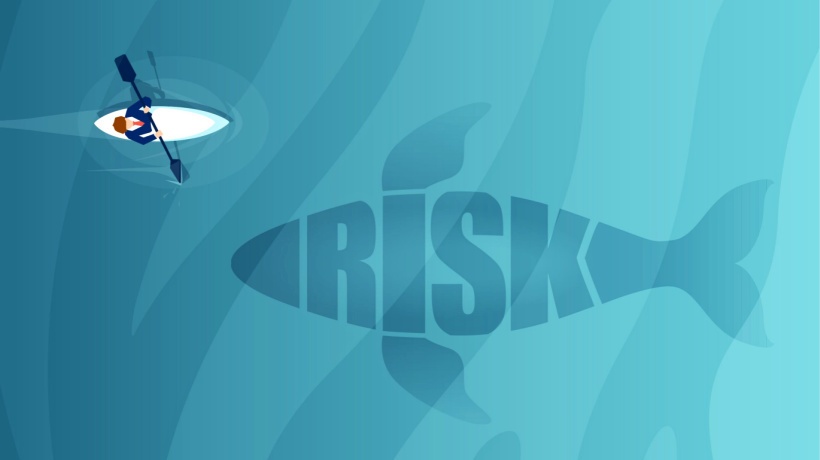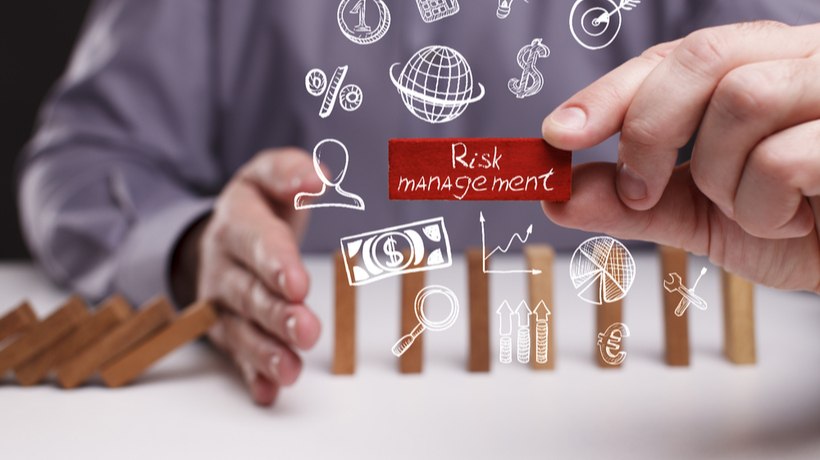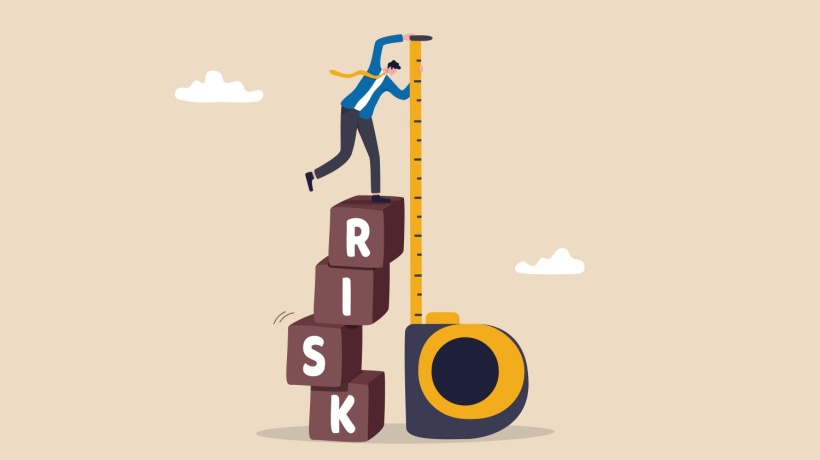Understand, Assess, Prioritize, And Mitigate Risk
As a leader, you must take deliberate steps for growth every day. This growth can begin with yourself and spread out to your team and your organization. Growth means you are evolving, learning, and pivoting to successfully navigate new and unknown contexts. In this series of articles titled "Growth Blueprint," we explore the key tactics to foster such growth. This article focuses on managing seven key areas of risk management as a strategy for growth.
Risk Management Is Critical—Here Is Why
Risk is the possibility and impact of something negative happening. Risk implies ambiguity, which is difficult to measure and, in turn, may result in miscalculating the opportunity. Risk is also associated with growth and expanding out of the organizational comfort zone. Risk management is an important organizational practice that focuses on identifying, analyzing, prioritizing, mitigating, and managing the various risks facing an organization on a daily basis. Risk management also entails defining the risk appetite of the organization, or how much risk the organization is willing to take, so that it can achieve growth. Mitigating risk entails setting up the mechanisms, controls, alerts, and fail-safe triggers to reduce possible losses before the risks occur. These risks impact people, processes, data, cyber, technology, organizational reputation, and compliance, among other areas. Each of these risks, and many together, if not managed and mitigated, can significantly hamper organizational growth.
People Risk
People always come first, and an organization that does not focus on talent acquisition, talent management, and talent succession pipeline strategies is taking on significant people risk and will likely lose the constant war on talent. Organizations also need to ensure they build and align their employee and DEIB strategies to ensure their employees are happy, engaged, heard, feel included, and continue to grow in the organization.
Process Risk
Related to operational risk, process risk is the result of inefficient and ineffective processes that fail to deliver products and services that meet customer needs and wants. Process risk can lead to any of the other types of risk listed here, so it is important that it is managed properly through periodic operational audits. Operational audits can identify process breakdowns and bottlenecks, pinpoint single or multiple points of failure, and offer solutions for improvement by fixing the broken process and establishing the correct controls and mitigants.
Cybersecurity Risk
Ranked as the most significant risk by human resource managers and risk managers surveyed by Mercer, cyber threats and breaches to mostly software and cloud capabilities organizations use are costly and threatening to individual employees, processes, and organizations as a whole. Mismanaged cyber risk can result in severe business disruptions, permanent customer attrition, and irreversible brand damage. Organizations can benefit from strict management of cyber risk by deploying practices such as zero-trust cybersecurity, which focuses on trusting no one and verifying everyone. Cybersecurity risk management can increase organizational resilience, decrease costs, strengthen compliance, and improve the User Experience (UX).
Data Risk
To more effectively implement personalized marketing, organizations collect, track, and use personal data to target products and services to individuals. A significant risk from such practices includes individual loss of privacy and trust, resulting in tracking and predicting individual customer behaviors. This risk is related to cybersecurity risk, and to mitigate it, several organizations deploy data-specific threat mitigation practices such as data masking, which protects data from unauthorized access.
Technology Risk
In addition to cybersecurity and data risk, organizations face technology risks related to outdated equipment and hardware. Old equipment is slower, does not support faster and larger applications, and poses a significant threat to an organization from a cybersecurity perspective and from an organizational efficiency and effectiveness angle. Investing in new hardware and auditing tech hardware on an annual basis allows the organization to ensure tech infrastructure is reliable and efficient.
External Events Risk
As everyone globally experienced the external risk of the COVID-19 pandemic, some external risks can be dilapidating to organizations and even countries. External risks include accidents such as plant fires and explosions, terrorism and war, pandemics and diseases, volcano explosions, earthquakes, tsunamis, floods, storms, droughts, and heat waves, among others. These risks are difficult to predict, let alone avoid. So, it is imperative that organizations set up proper and timely risk mitigation processes and controls such as alerts, tracking tools, and other risk reporting mechanisms and procedures, evacuation plans, search and rescue operational plans, and action step guidelines for employees, customers, and stakeholders, providing guidance on how to survive if any of these external events risks materialize. Importantly, organizations must foster a culture of accountability and responsibility where leaders and employees alike actively and proactively protect themselves and their organization.
Legal And Compliance Risks
Legal and organizational risks arise when an organization fails to implement the required policies and procedures needed to conform to laws, regulations, contracts, codes of conduct, ethical and organizational standards of practice, and other legally binding agreements and requirements. Legal and compliance risks can result in significant negative legal, financial, business, and reputational impacts for the organization. The legal risk can result in fines, penalties, imprisonment, and asset seizure, among other penalizing actions. Financial risk can negatively affect share prices, current and future earnings, and investor confidence. Business impact can result in embargoes, strikes, and shutdowns that could prevent the organization from operating. Reputational risk can adversely affect the company brand, generate bad press—including rapid social media impact—and lead to customer and employee attrition.
Conclusion
Identifying, assessing, prioritizing, and mitigating risk is critical to organizational performance and growth. Organizations face multiple risks every day, so it is crucial to set up mechanisms, processes, and controls to detect, identify, assess, and mitigate these risks, which may fall into several categories, including people, process, technology, data, cyber, external, and legal and compliance, among others. Today, it is imperative that organizations leverage their human expertise and, where applicable, AI to predict, assess, prioritize, and mitigate risk. Additionally, organizations need to define the organizational risk appetite and incorporate it into the organizational strategy and performance plan to drive growth.









